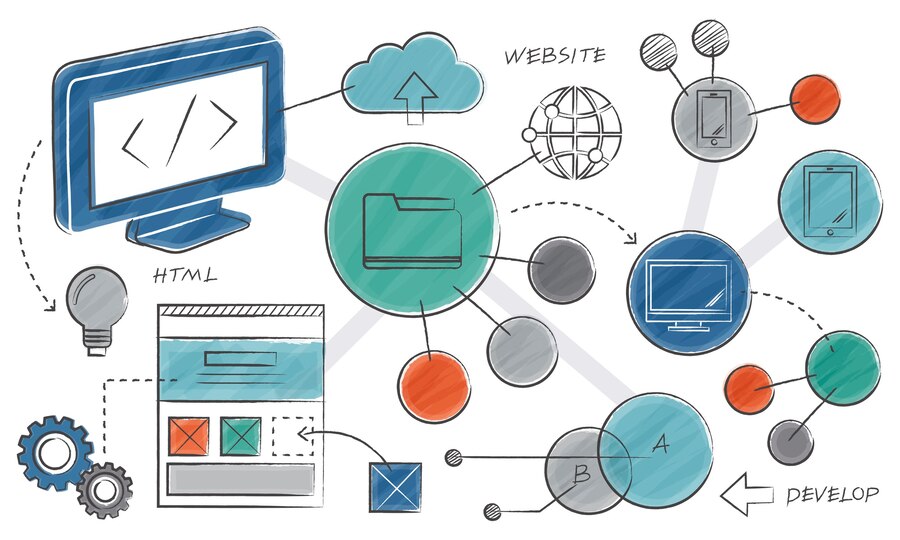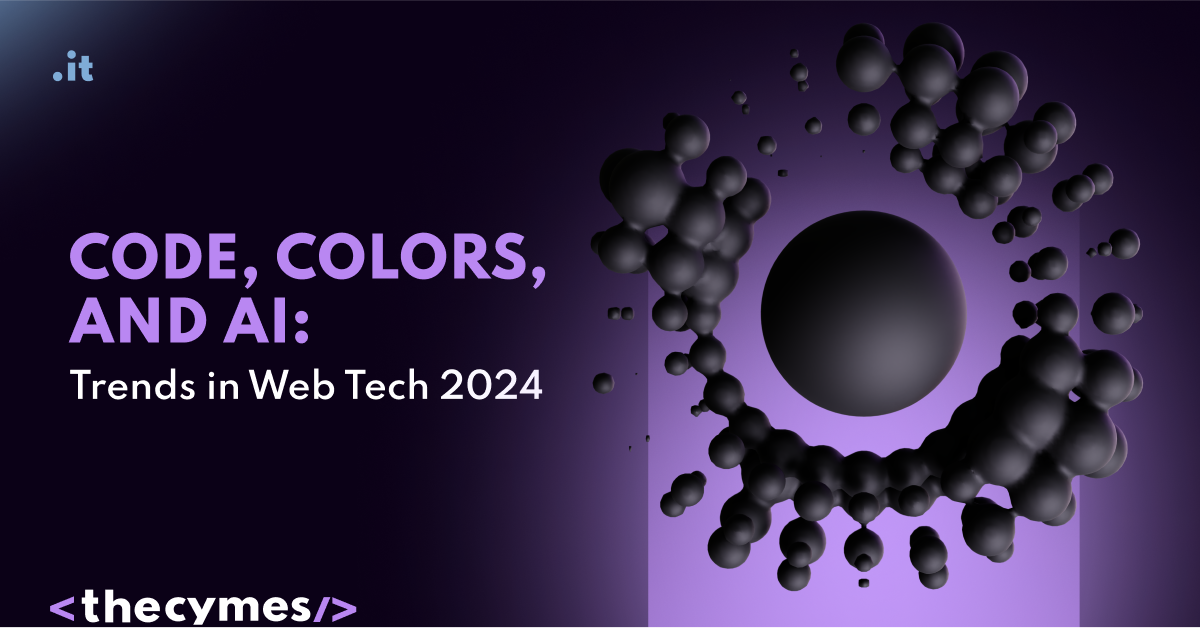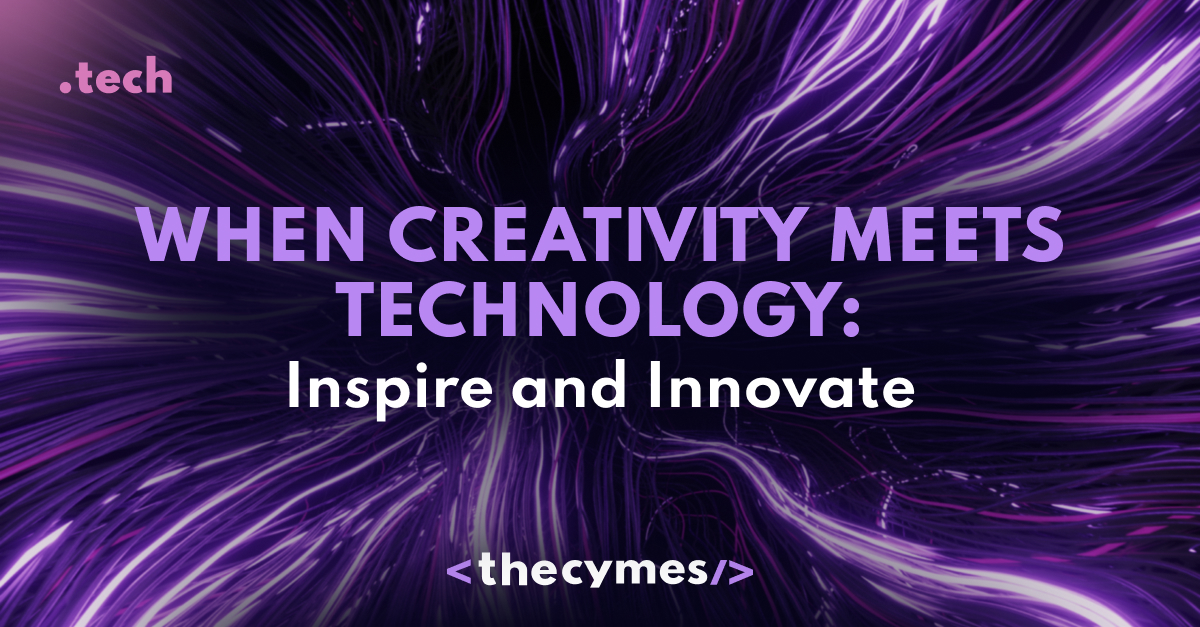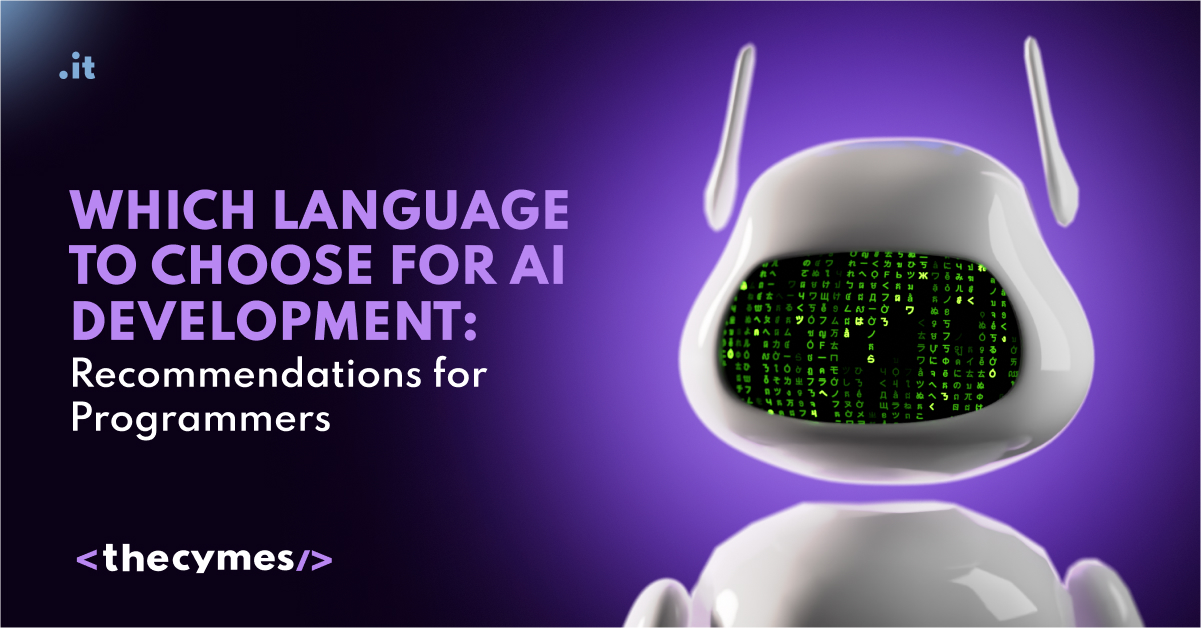Table of Content
Code, Colors, and AI: Trends in Web Tech 2024
/>Wondering what's shaping the future of web development?Introduction
The web development world is always changing and new technologies are evolving constantly. In 2024, nothing is different in this regard because you want to improve, and that leads you to ideas on how our industry will be transformed shortly after! This year we have seen a huge number of changes, improvements & most importantly — advancements in the way that we write and deliver web applications; from cutting-edge frameworks through to ground breaking design methods.
Latest Libraries and Frameworks: A change towards performance & efficiency
The race for creating faster, top-performing web applications has produced plenty of new frameworks and libraries focused on speed by design. The most important in the list is as follows:
1. Lazy Loading in Qwik
Qwik is a new first-of-its-kind framework tailored for instant web experiences. It exploits as they say, "the power of 'Lazy Loading' technique i.e., loading components and resources only when needed in order to optimize the load time. This makes load times much faster and enables a smoother experience for users, especially on mobile.
2. Enter SolidJS: The Most React-ful Of All Vue-like Frameworks
It is a reactive framework that has the best of both worlds, React and Vue in one; this gives developers an expressive API to create UI without compromise. Elm is a functional programming language that shares more than some similarities with Haskell, in fact, it was modeled after Elm. It provides great tooling and editor support while its reactive system coupled with an optimized rendering engine makes for high-performance yet easy-to-scale web applications making it one of the best choices possible today from modern SPA development.
3. Introducing SvelteKit — The Next Step in the Evolution of a Framework
Getting the next spot is SvelteKit — which also seems to be running very hot, based on this year's 2024 list of rising stars must say it still has a better head start than Astro since earlier in terms of years when compared with Crockpots Chris from his monolithic initiative;D It provides an evolved way for constructing full-stack web apps through leveraging the power and efficiency that comes along-side their original project -Svelvet- Kit just like Stencyl! Being a versatile tool, it can be used for server-side rendering, static generation and incremental static regeneration as well.
UI Design Trends

Image from FreePik
User interface (UI) design is currently in the process of evolution, and much importance is being given to accessibility to the application. Below is a list of actual trends in UI design in the year 2024:
1. Neutral and Muted Color Palettes: A Chance For Change and Reorientation
Neutral subdued or mellow shades of colour rather than the intensity of the colour have become the hallmark of designers. This way not only does the number of users get increased but also the feeling that they get while using it making their vision less strained.
2. Minimalism and Functionality: Some of the Best-Known Use of Simple Images
Simplicity remains one of the best driving forces of UI design even to this date. Cleanness of the layouts, absence of any excessive and unrelated elements, and general usability of the layouts are instrumental in making the navigation possible and use of them quite intuitive. The subminimalistic approach is useful when it comes to optimisation of the application: eliminating disturbing elements, thus optimizing usability.
3. Micro-Animations and Interactive Elements: The true meaning of raiding UI
Micro-animations are one of the recent trends in UI design, offering a touch of interactivity and humor to interactions. These are very small animations that play after certain actions has been done and appear to help the users visually and can be considered as fun.
4. Accessibility: Web Accessibility in Practice
Accessibility gets more significant in 2024 with an emphasis placed more on making web applications accessible to as many people as possible. This involves following code standards, following color contrast ratio, assistive screen, and other features sections that embraces disability friendly.
Prospective Technology Trends Affecting Web Development
Web development is not an exception to the general shift created by artificial intelligence (AI) and the collaboration of IT specialists with other modern technologies. Here are some key areas where these technologies are making a significant impact:
1. AI-Powered Enhancements: Customization And/Or Optimization
AI and machine learning are being implemented and applied in the web development procedures and creations to operate application that is capable of delivering recommendations, sophisticated search engines, and intelligence content. This element of artificial intelligence is being applied to understand and model user behavior and give users a better web experience.
2. Enhanced Security: Privacy of users
Security of web applications has become more crucial in this world where ransomware attacks are the new normal. Today’s developers have been using more elaborate ways of user authentication, data encryption, and authorization protocols such as JWT, OAuth2, and two-factor authentication.
3. Performance Optimization
Performance optimization continues to be pretty relevant when it comes to the provision of seamless users experience. Extensions like Lighthouse and Web Vitals assist the developers in diagnosing and solving poor performance problems that slow down the loading time and application functionality.
4. Containerization and Microservices: Scalability and Flexibility could be identified as the main attributes that characterise the offered services
Such technologies, as containers – Docker and Kubernetes, and microservices architecture are also becoming more and more popular as they allow developers to work with infrastructure more freely and to scale applications, where needed. These technologies support the versatility and effectiveness of web design solutions.
Conclusion
2024 is a year of significant innovation and transformation in the world of web development. New frameworks and libraries, evolving UI design trends, and the integration of AI and other emerging technologies are shaping the future of the industry. Developers who stay informed about these trends and actively implement them in their projects will be well-positioned to create modern, secure, and high-performance web applications that meet the needs of today's users.




